High-Density Polyethylene (HDPE) bottles are essential for safely storing everything from pharmaceuticals to food and industrial products. But before reaching consumers, these bottles must undergo rigorous testing to ensure they meet stringent industry standards.
For businesses and brand owners who rely on bottles made out of PCR (Post Consumer Recycled Plastics), understanding the testing methods behind them is crucial. Let’s explore how HDPE bottles are tested for quality, durability, and safety.
1. Visual and Dimensional Inspection
The first step in ensuring a high-quality HDPE bottle is a visual inspection. Bottles are examined for surface defects such as air bubbles, oil stains, deformation, or color inconsistency. A high-quality HDPE bottle should have a bright, uniform appearance with no noticeable flaws.
Next, dimensional checks are carried out using precision tools like vernier calipers. Parameters such as height, wall thickness, and neck diameter are measured to ensure they meet the design tolerances. This is critical for consistent bottle performance during filling, sealing, and usage.
2. Physical and Mechanical Testing
To guarantee durability and performance, HDPE bottles undergo several mechanical tests:
- Top Load Test: Measures the force required to compress the bottle from the top. This test ensures the bottle can handle stacking during transportation or warehousing.
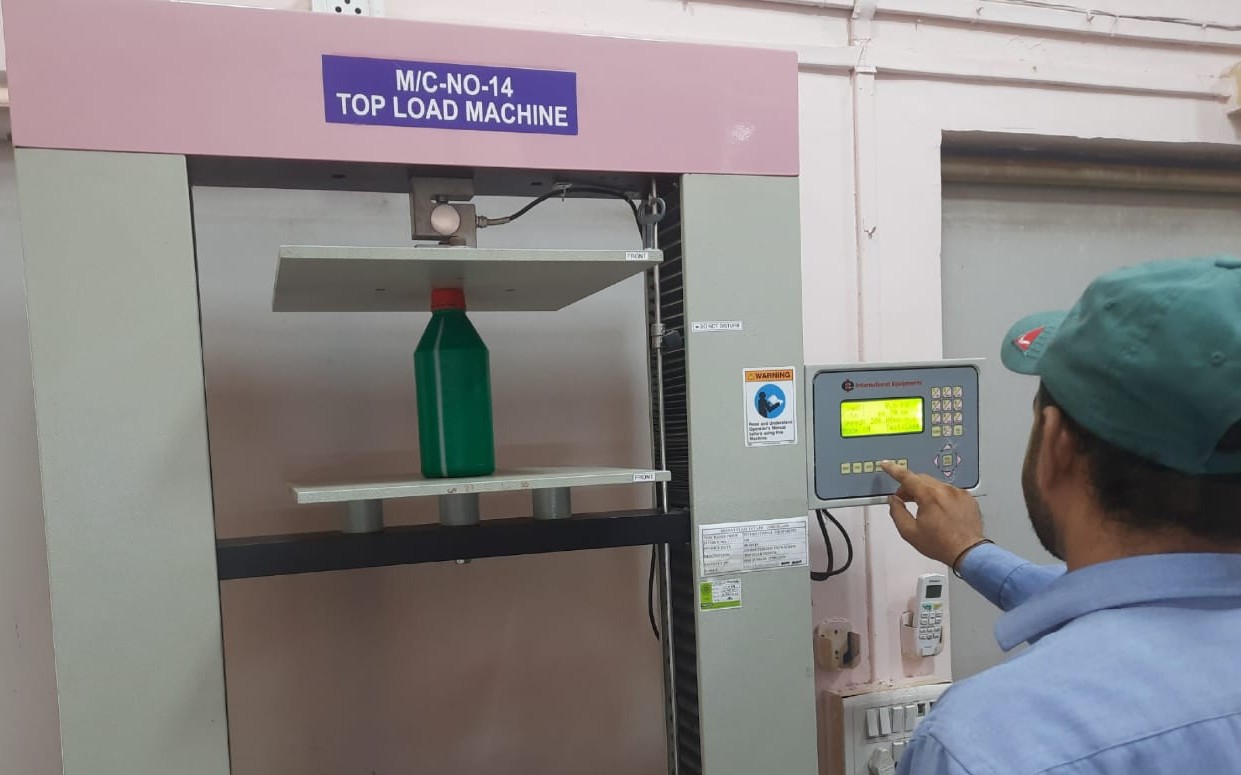
- Drop Impact Test: Evaluates the bottle’s ability to withstand accidental falls. It’s dropped from a standard height to check for cracks or breakage.
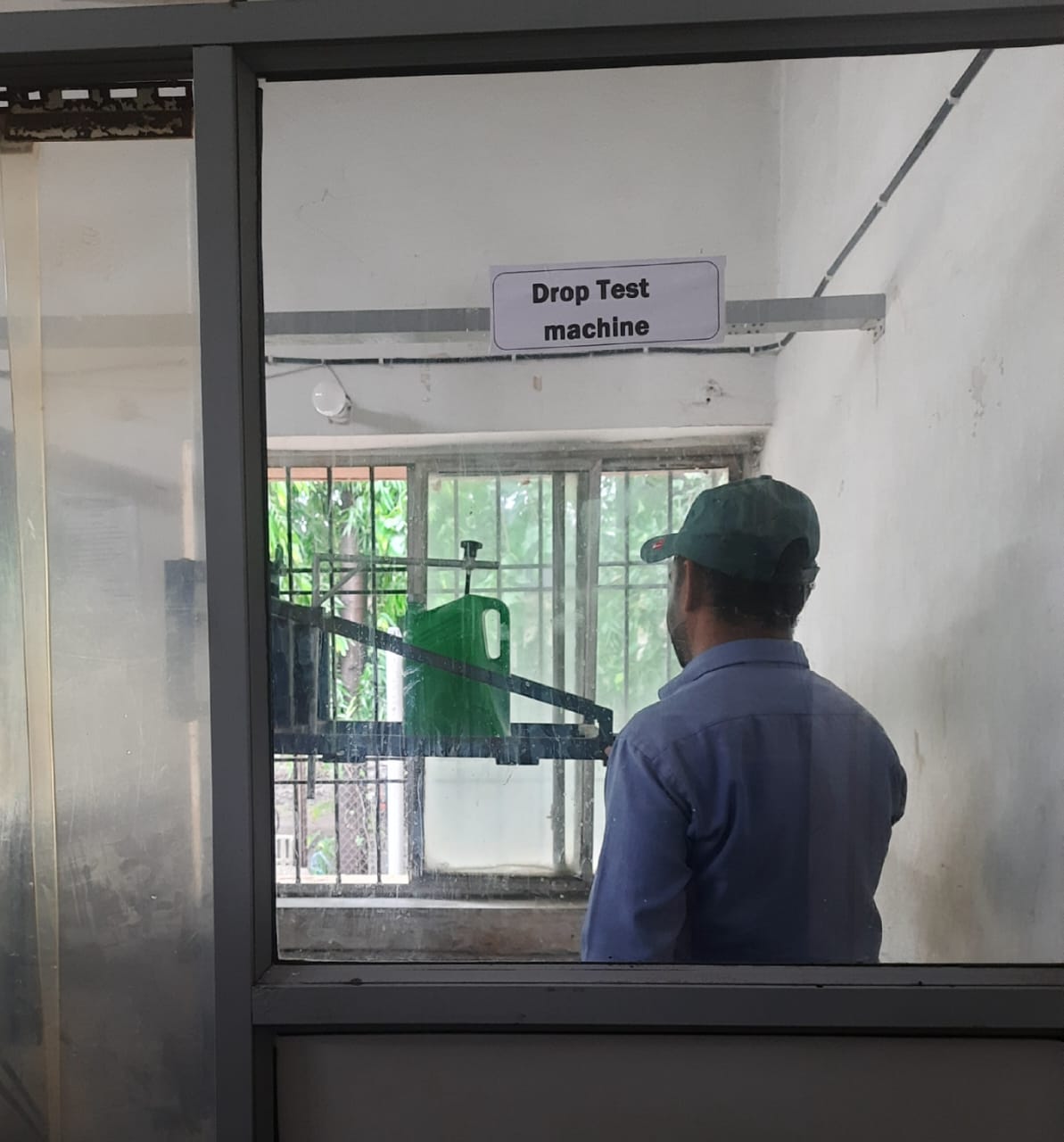
- Burst Strength Test: Air is pumped into the sealed bottle until it bursts. This helps determine the internal pressure resistance—crucial for liquids under pressure.
- Torque Test: Measures the amount of torque required to open or close the bottle cap. This ensures user-friendliness while maintaining an effective seal.
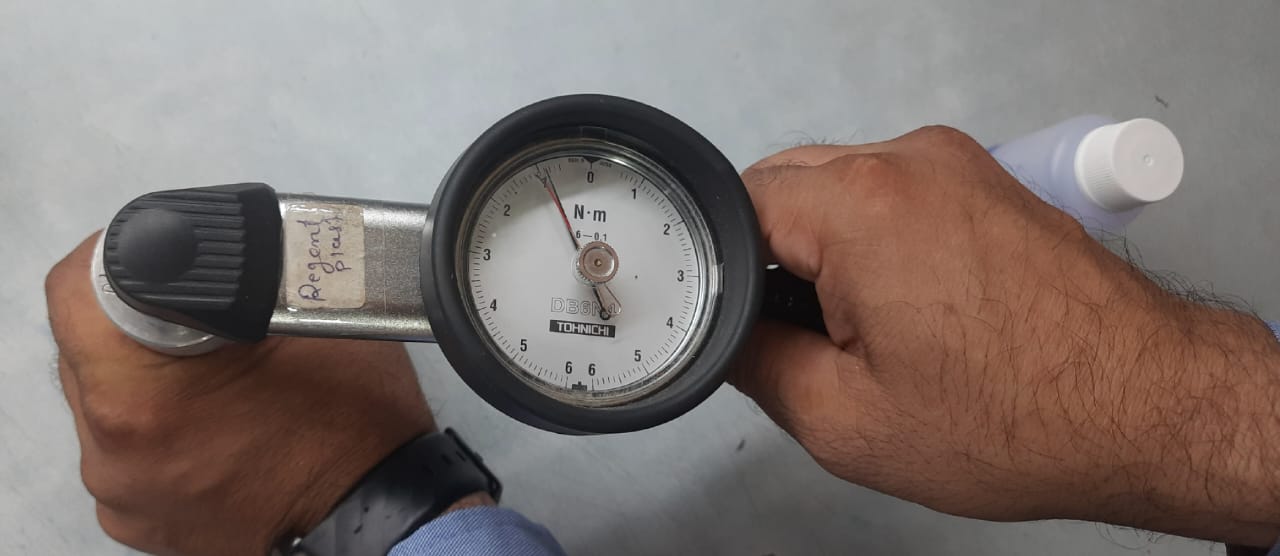
These tests are vital, especially for bottles made from hdpe recycled plastic bottles, as they must maintain quality despite using post-consumer resin.
3. Leak and Seal Integrity Testing
Even a well-constructed bottle is ineffective if it leaks. That’s why leak tests are non-negotiable.
- Vacuum Leak Test: The bottle is placed under a vacuum to detect any tiny leaks that might compromise product integrity.
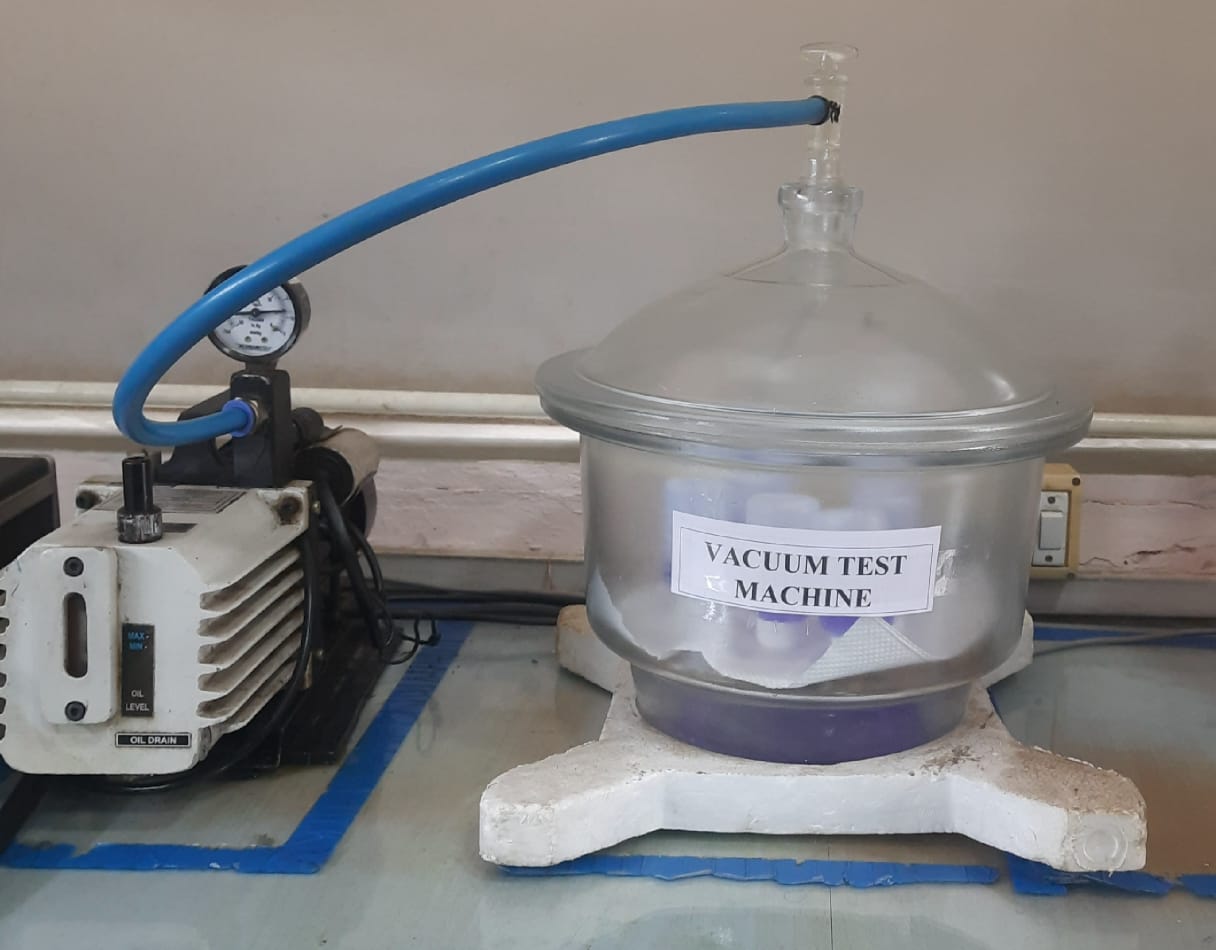
- Seal Integrity Test: Especially important for induction-sealed bottles, this test ensures the cap and seal work together to prevent any leakage or contamination.
Leak and seal integrity are essential for products in pharmaceutical or food packaging, where safety and hygiene are top priorities
4. Chemical Safety Testing
One of the most critical evaluations is for Extractables and Leachables. This test ensures that harmful substances from the plastic do not migrate into the product, especially under heat or over time.
For HDPE recycled plastic bottles, this testing becomes even more crucial to confirm that the use of recycled content doesn’t compromise chemical safety, particularly in sensitive applications like pharmaceuticals or nutraceuticals.
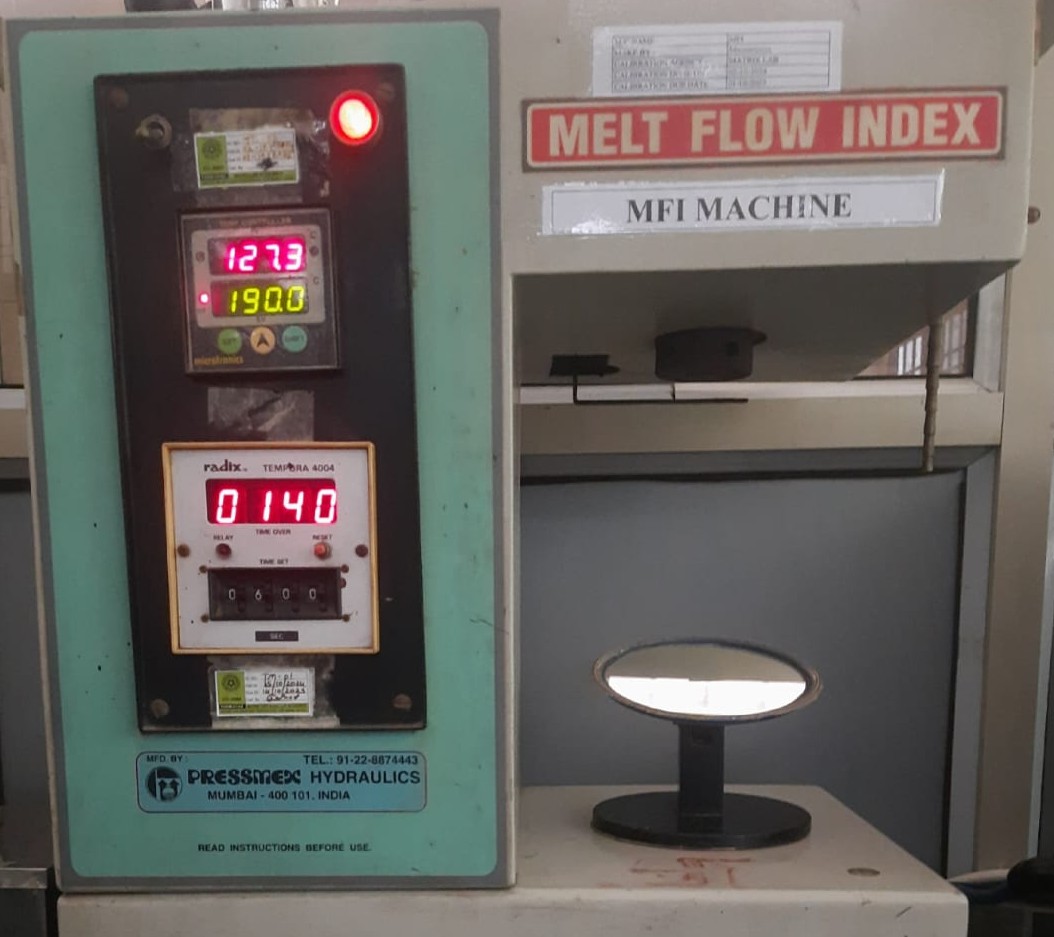
Environmental Stress Crack Resistance (ESCR) refers to the ability of a plastic material — in this case, HDPE — to resist cracking when subjected to environmental stress and chemical exposure over time.
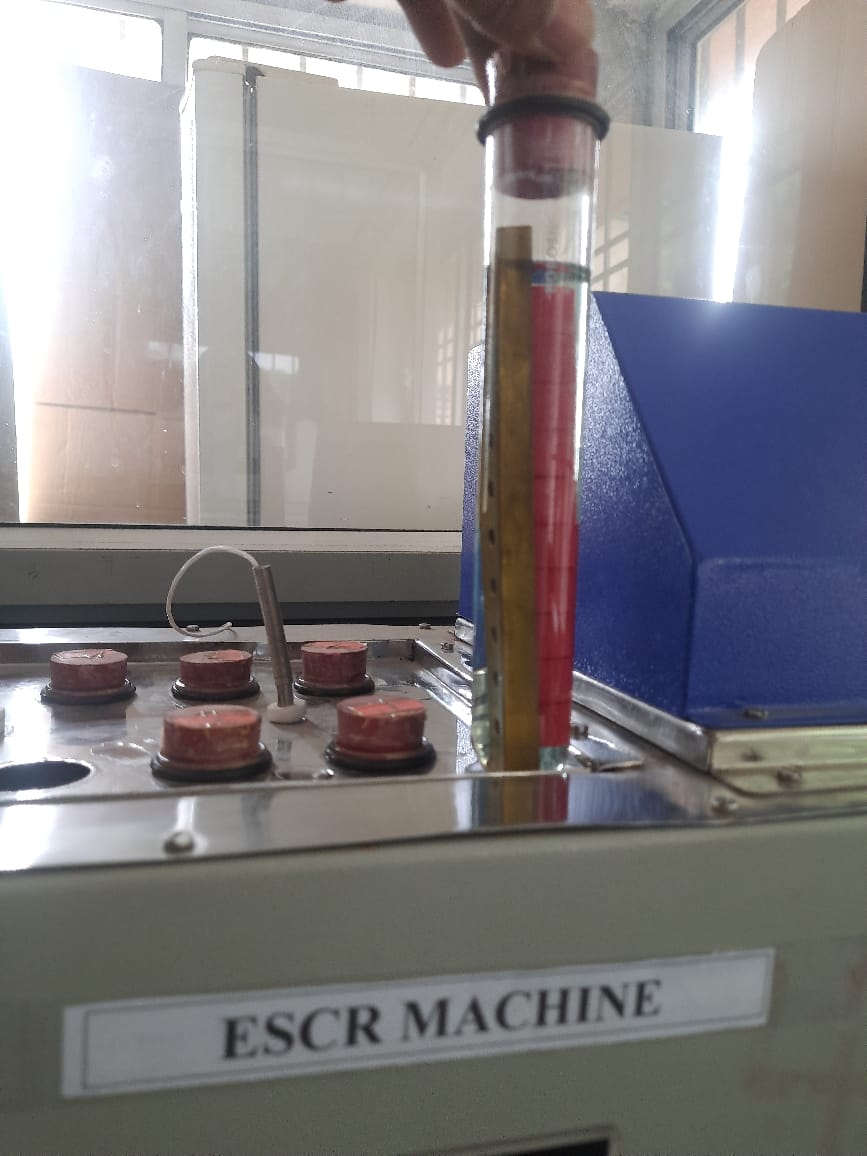
5. Moisture Vapor Transmission Rate (MVTR)
Moisture sensitivity is a major concern in industries like healthcare, food, and electronics. MVTR testing measures the rate at which moisture passes through the HDPE bottle.
Bottles are filled with a desiccant and placed in a controlled humidity environment. The weight gain over time reflects moisture ingress, allowing manufacturers to evaluate the bottle’s barrier properties.
6. Appearance and Quality Standards
Though functionality is essential, appearance plays a significant role, especially in retail and consumer markets. HDPE bottles are compared to standard color and gloss benchmarks to ensure brand consistency and visual appeal.
In pharmaceutical applications, a uniform milky white color is often a requirement, signaling purity and compliance with industry standards.
Summary Table: Key HDPE Bottle Tests and Parameters
| Test Type | Parameter Assessed | Tool/Method Used |
| Visual Inspection | Surface, color, glossiness | Visual comparison |
| Dimensional Check | Height, diameter, weight | Vernier caliper, balance |
| Top Load | Compression resistance | Top load tester |
| Drop Impact | Impact resistance | Drop tester |
| Burst Strength | Internal pressure resistance | Burst tester |
| Torque | Cap opening/closing force | Torque tester |
| Leak/Vacuum Test | Seal integrity | Vacuum leak tester |
| MVTR | Moisture barrier performance | Environmental chamber |
| Extractables/Leachables | Chemical migration | Analytical lab testing |
Why HDPE Bottle Testing Matters for Sustainability
As more businesses shift toward eco-conscious packaging, the reliability of HDPE recycled plastic bottles becomes vital. These bottles help reduce plastic waste and environmental impact while maintaining functionality—thanks to thorough testing protocols.
Testing ensures that recycled HDPE meets the same rigorous standards as virgin plastic, helping build trust with consumers and regulators alike.
Why Choose Regent Plast: Quality in Every Bottle
At Regent Plast, we don’t just manufacture packaging—we deliver peace of mind. Every HDPE bottle we produce undergoes the full range of tests mentioned above. Whether you’re sourcing virgin or HDPE recycled plastic bottles, our commitment to quality remains uncompromised. Here is a list of our Testing Equipment.
As a trusted HDPE recycled plastic bottles manufacturer, Regent Plast serves global clients across pharmaceuticals, personal care, household products, and more. Our bottles are tested for performance, compliance, and aesthetics—ensuring they meet both regulatory requirements and your brand standards.

